Cross-Curricular School Trips To Venice
Venice is a living museum city which will inspire students of all subjects with its beauty, vulnerability and grandeur. Let us help you plan and book a trip packed with brilliant excursions you and your class will love.
Highlights
The gleaming Byzantine St Mark’s Basilica
Bellini and Carpaccio at Gallerie dell'Accademia
Venetian History in Museo Correr
Enjoy the islands of the lagoon, Murano, Burano and Torcello
Kelvinside AcademyVery good service and personalisation of our trip
Suggested itinerary
What's included*
*Please note, entrance fees where applicable are not included in typical price – contact us for more details
Recommended excursions
This famous square is the heart of Venice. Students can join the tourists who throng in front of the Basilica di San Marco and neoclassical Museo Correr. The ‘little square’ leading from Piazza San Marco to the waters of Bacino San Marco once served as the grand entrance to the Republic.
Tip: Prices for food and drink in the Piazza are high, so plan your meals outside this stop.
This is one of the most famous churches in the world and one of the best known examples of Byzantine architecture. Located on St Mark’s Square this is a must see for anyone visiting Venice and guided tours can be arranged upon request. The Basilica, consecrated in 1094, houses the relics of St Mark and is richly decorated with mosaics. The golden altarpiece is a masterpiece dating from the 10th century.
The pink and white marble Doge’s Palace in St Mark’s Place is an audacious expression of Venetian prosperity and power. It has façades that were designed by Giovanni and Bartolomeo Buon which date from 1309 to 1424. The palace, which was started in the 9th century was rebuilt several times and completed in the Renaissance period.
The Grand Canal is an ancient waterway that is the main route through Venice. It is lined with magnificent buildings that were built from the 13th to the 18th centuries by wealthy Venetian families. The best way to view these is to travel by vaporetto(water bus) – the no.1 and no.2 both travel from end to end – or you can take a water taxi or gondola.
This important gallery of fine art traces the development of Venetian art and artists chronologically up to the 18th century. Students can see a vast range of art inspired by the many different perspectives a single city can provide. The collection includes influential works by Bellini Carpaccio, Tintoretto, Giorgione and Canaletto.
Set along the southside of St Mark’s Square, this museum exhibits fascinating art, documents, artefacts, and maps that shed light on the history and day-to-day life of Venice across the centuries. The Napoleonic Wing is decorated in a stunning neoclassical style and houses a prestigious collection of works by Venetian sculptor Antonio Canova.
The former marine customs house sits at the punta, or very head, of the Grand Canal, and offers wonderful views of the Venetian basin. Like Palazzo Grassi, it is now a modern exhibition space, showing contemporary works from the collection of François Pinault, who had the interior remodelled with clean lines and polished surfaces by Tadao Ando.
The Collection is the most important museum in Italy for European and American art from the first half of the 20th century. It is located in Peggy Guggenheim’s former home, Palazzo Venier dei Leoni, and presents her personal collection of 20th century art. It ranges from cubism to abstract expressionism, enabling students to see a range of works and styles.
Built between 1748 and 1772 for a Bolognese family, this palace is one of the last of the great noble residences on the Grand Canal. It was bought by businessman François Pinault in 2005 to showcase his important collection of modern and contemporary art. Its interior was remodelled by architect Tadao Ando and it contains a 600-seat outdoor theatre.
The Ca d’Oro is one of the most famous civilian buildings of Venice. The gallery houses a wonderful art collection, from the Venetian, Tuscan and Flemish schools of artistic talent. There is also a collection of bronzes, Renaissance sculptures and an interesting ceramic collection.
Tip: The ‘Golden House’ was named due to the gilt and polychrome decorations that once adorned its walls.
Learn about the ancient craft of Venetian mask-making as you are taken through the detailed processes of design, clay moulding and material application. This is a fascinating opportunity to learn about one of the city’s famous traditions and the history behind the masks.
Tip: Use your creativity to create your own bright Venetian mask.
Take a boat trip to the islands of Venice. Students can visit Murano, famous for its glassware, with some glass factories running tours. Burano Island has picturesque canals lined with colourful houses. It’s famous for artisan lace, which you can buy in many of the shops. Torcello is a peaceful island, much of it a nature reserve, with a beautiful cathedral.
The Race for Time trail is a teacher-led, self-guided city tour showcasing top landmarks. Fun activities along the way promote teamwork and dynamic thinking, turning a normal walk into a sightseeing adventure! Each trail pack includes comprehensive teacher’s notes and a risk assessment document (MFL and Enrichment version available).
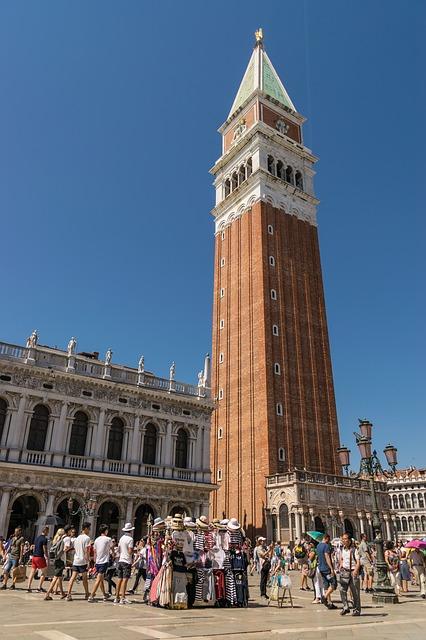
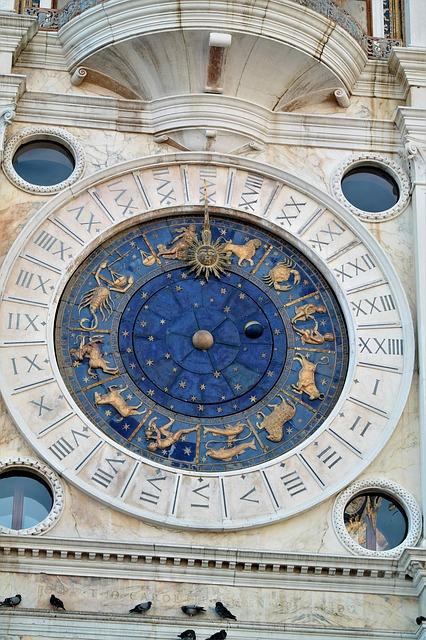
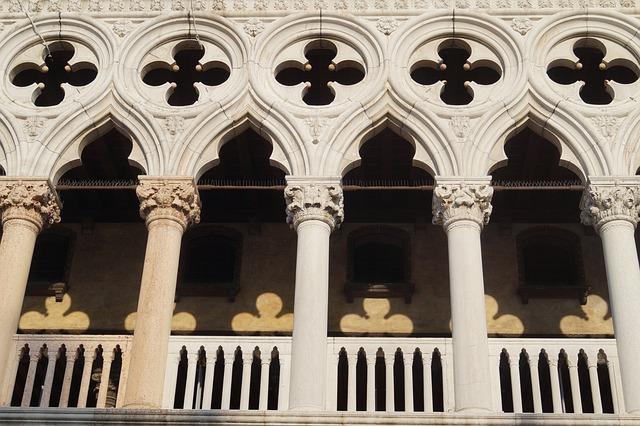
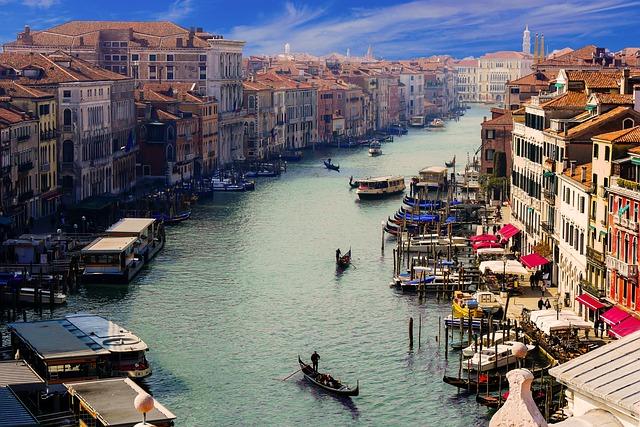
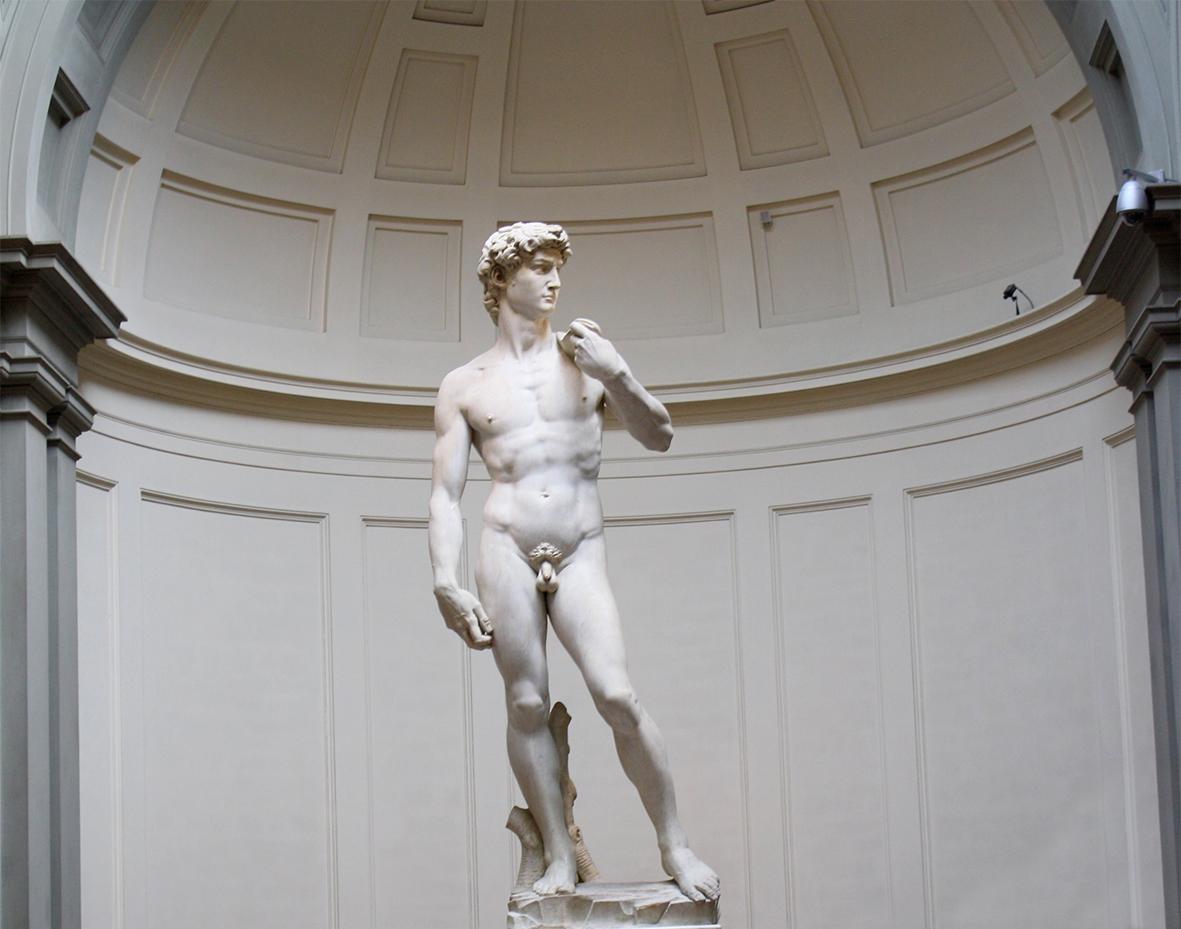
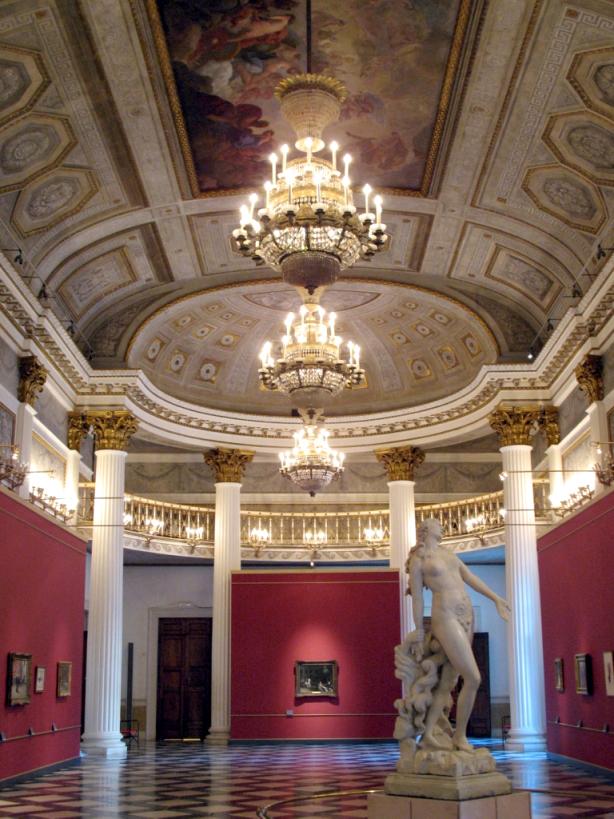
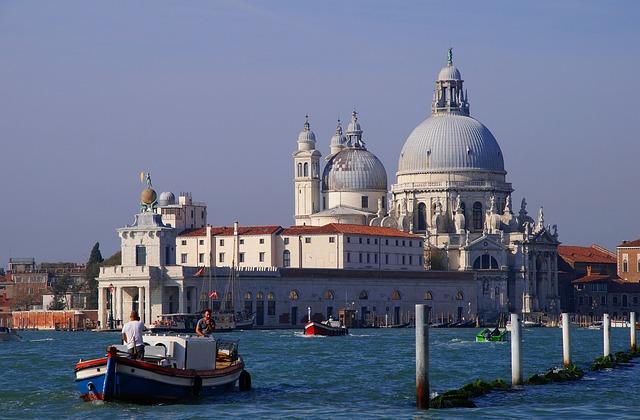
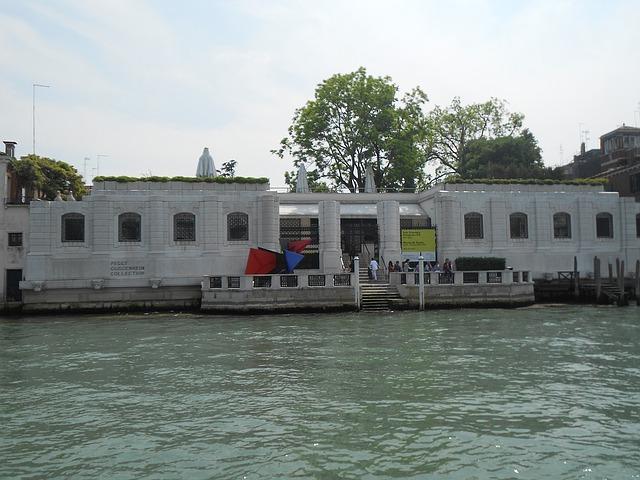
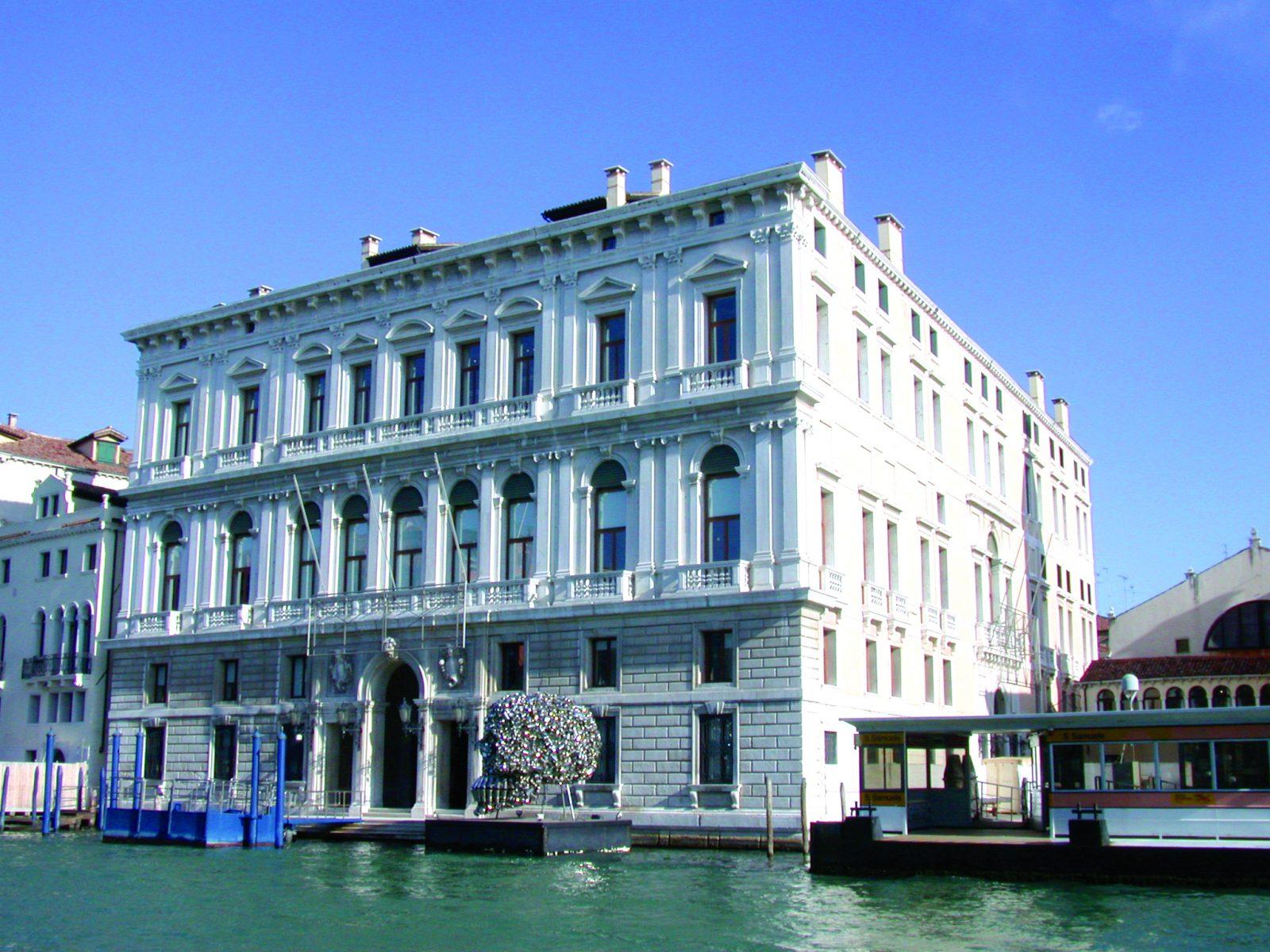
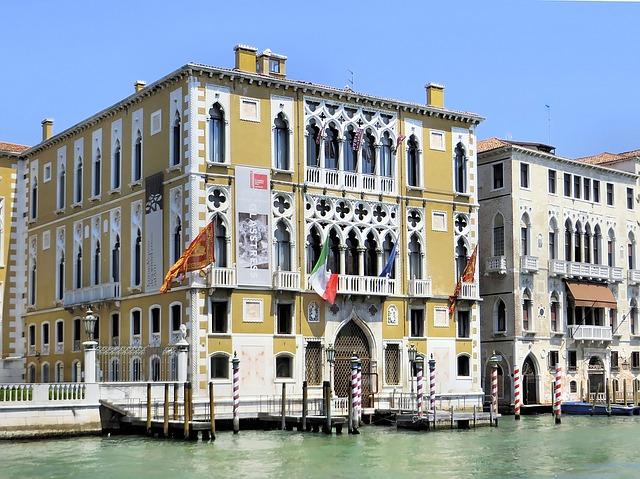
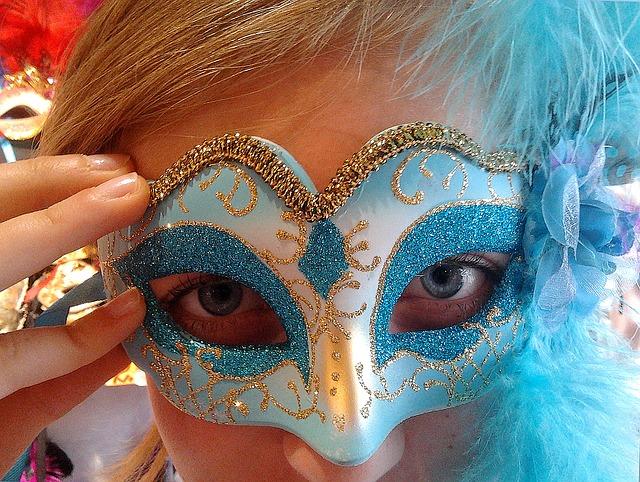
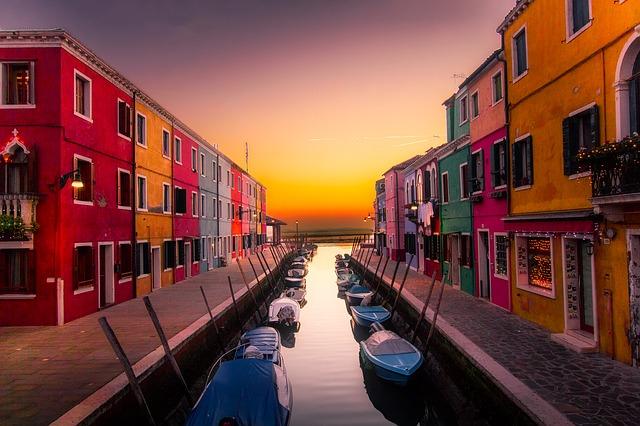
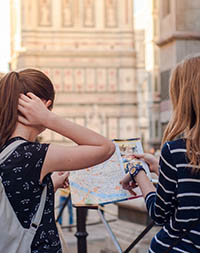
Typical accommodation
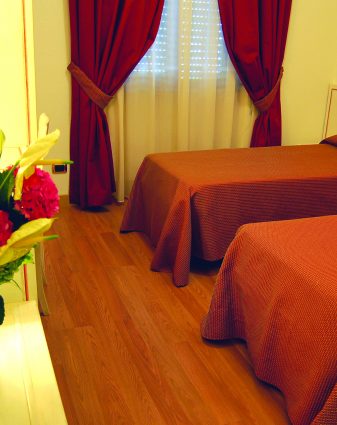
What groups like:
Facilities:
Learning outcomes
Subject focus
Students can:
- Experience learning outside the classroom in another country – the language, culture, history, art, architecture, geography and religion
- Practise speaking a foreign language
- Gain a deeper understanding of history of Venice and how the city developed.
- Consider the geography of the region and the challenges to protect Venice
- The impact of tourism on this region and how it affects the local population
- See a wide range of art in one of the most important art cities in the world
- Build confidence and learn to value the skills and techniques needed for personal and team success
- Broaden the mind through the study of another culture
- Discover, explore and have fun with fellow students and teachers
Student outcomes
Students will have had an opportunity to:
- Visit a foreign country and experienced another language and culture
- Gain independence and self-confidence
- Strengthen existing friendships and make new friends
- Understand personal organisation, co-operating and working with others in a variety of environments
- Gain knowledge and experience connected to many subjects through learning outside the classroom



